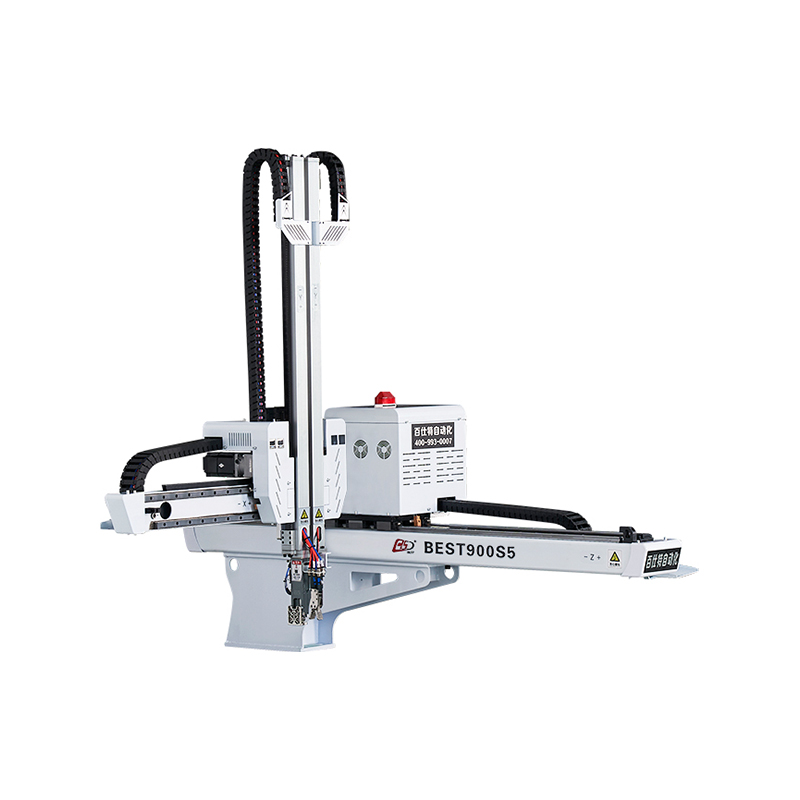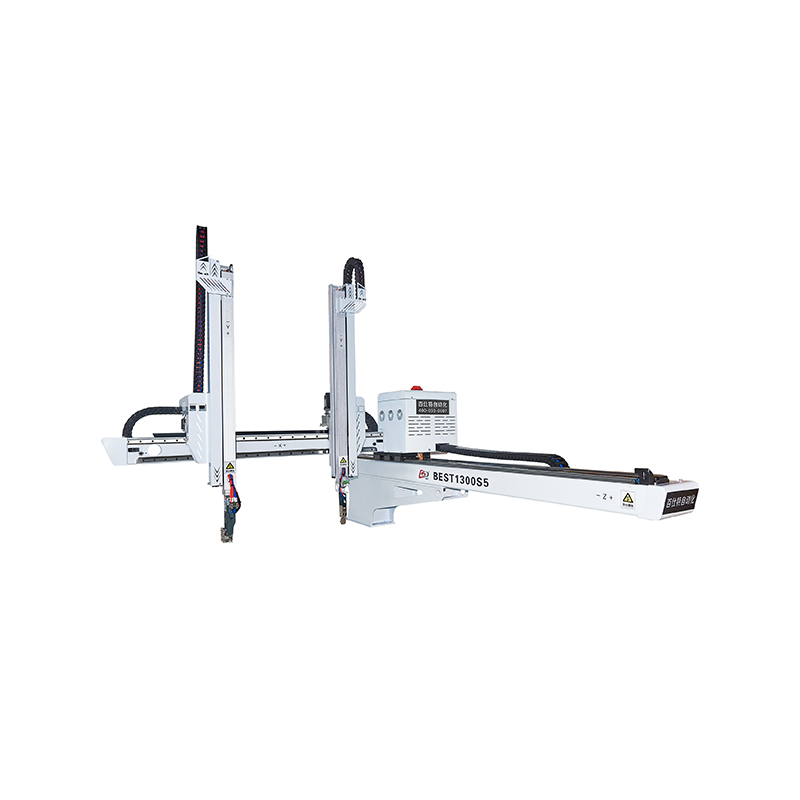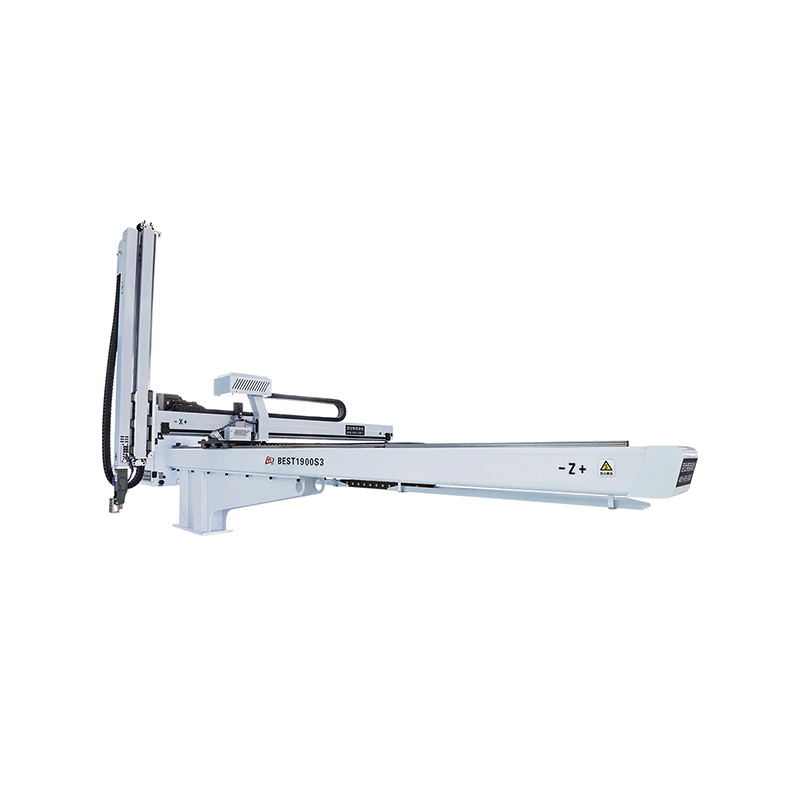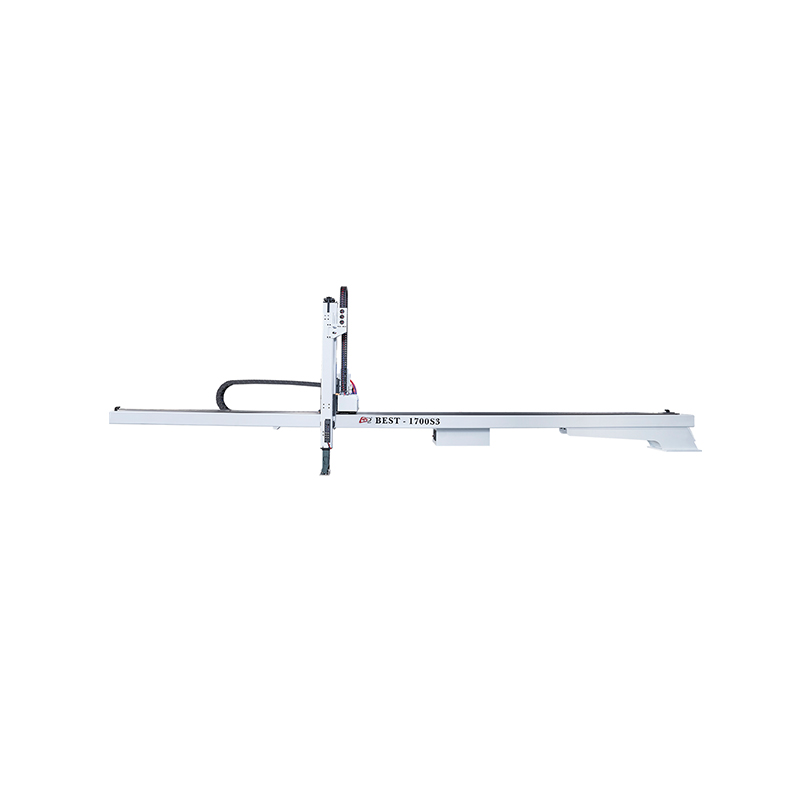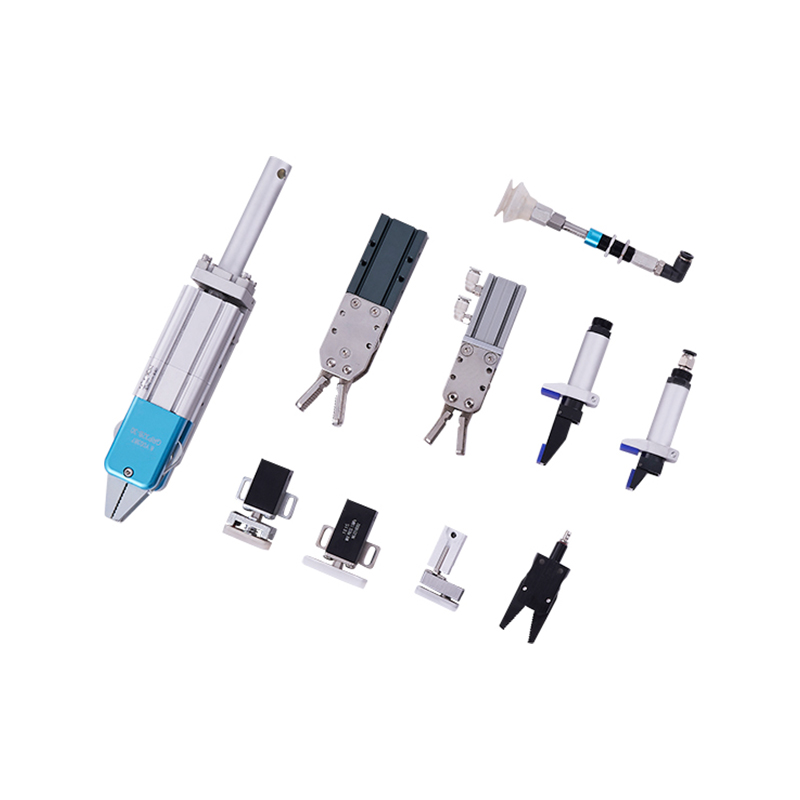Manipulator Spare Parts, often referred to as robotic arms, consist of multiple components that work in tandem to achieve precise movements and tasks. These components include joints, actuators, controllers, sensors, and end-effectors. Each of these elements is susceptible to damage or malfunction over time, necessitating the need for reliable spare parts.
The joints and actuators are the core components that enable the movement of a manipulator. Joints facilitate the rotation or translation of robotic segments, while actuators provide the necessary force to drive these movements. Over time, these parts may experience wear due to repeated use, exposure to harsh environments, or mechanical stress. Spare parts for joints and actuators are essential to ensure that the manipulator maintains its precision and reliability.

The controller is the brain of the manipulator, responsible for processing instructions and coordinating the movements of the robotic arm. Sensors, on the other hand, provide feedback on the manipulator's position, speed, and environmental conditions. These components are critical for the accurate and safe operation of the robot. Malfunctions in controllers or sensors can pilot inaccuracies in movement, collisions, or even complete system shutdowns. Therefore, having spare controllers and sensors on hand is vital for small disruptions and ensuring continuous operation.
Managing spare parts for manipulators requires a strategic approach to ensure that the right parts are available when needed, without incurring excessive inventory costs. Here are some key strategies for effective spare parts management:
Implementing a robust inventory management system is essential for tracking spare parts. This system should include detailed records of the parts in stock, their usage rates, and reorder levels. By monitoring inventory levels closely, companies can ensure that they always have the necessary parts on hand without overstocking.
Predictive maintenance involves using data and analytics to predict when components are likely to fail. By monitoring the performance of manipulator components in real-time, companies can anticipate maintenance needs and schedule replacements before failures occur. This approach not only reduces downtime but also optimizes the use of spare parts.
The quality of spare parts also plays a crucial role in maintaining the precision and quality of the manipulator's operations. High-quality spare parts that meet the original specifications of the machine ensure that the manipulator continues to perform at good levels. Using substandard or incompatible parts can pilot reduced accuracy, increased wear on other components, and potential damage to the manipulator. Therefore, investing in high-quality spare parts is essential for long-term operational success.
Building strong relationships with reliable suppliers is crucial for ensuring a steady supply of high-quality spare parts. Companies should seek suppliers who offer a wide range of parts, competitive pricing, and reliable delivery times. Establishing long-term partnerships can also pilot benefits such as bulk discounts and priority service.
Ensuring that maintenance personnel are well-trained in the installation and replacement of spare parts is essential for small downtime. Comprehensive documentation and training programs can help technicians quickly and accurately replace faulty components. This not only speeds up the repair process but also reduces the risk of errors during part replacement.
Manipulators are indispensable tools in modern industrial operations, offering unparalleled efficiency and precision. However, their effectiveness relies heavily on the availability and quality of spare parts.



 English
English 中文简体
中文简体 русский
русский Español
Español عربى
عربى